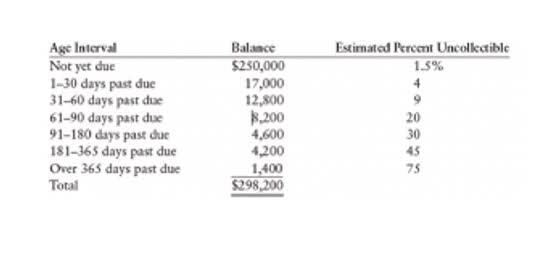Sales Journal Advantages, Format, Calculation, and Examples

It also is not necessary to write an explanation of the transaction because sales journal example only credit sales are recorded. The Post Ref. column in the subsidiary ledger and controlling accounts is labeled SJ-1 to represent page 1 of the sales journal. The example below also shows how postings are made from the sales journal to both the subsidiary and general ledger accounts. Each individual sale is posted to its appropriate subsidiary account. You’ll record a total revenue credit of $50 to represent the full price of the shirt.

Post reference entries

All of our content is based on objective analysis, and the opinions are our own.
- It does not only record the cost of purchase, the sales journal entry also notes the date, time, sales tax, and so much more in the sales journal.
- If they don’t, mistakes will be found on the balance sheet.
- This means that when you debit the sales returns and allowances account, that amount gets subtracted from your gross revenue.
- So a typical sales journal entry debits the accounts receivable account for the sale price and credits revenue account for the sales price.
- All of our content is based on objective analysis, and the opinions are our own.
How much are you saving for retirement each month?

Offering credit to customers implies that they’ll be receiving goods without paying for them immediately. Because of this, a different method of recording sales has to be used. This method involves recording to your accounts receivable. Receivable accounts are any accounts that record how much a customer owes to your business.

Sales Journal Entry
- No matter what kind of business you’re running, sales is an important part of it.
- When you make a sale, a collection of sales tax also takes place, hence the increase to the liability account.
- It should be noted that sales of goods are recorded in the sales journal.
- We follow strict ethical journalism practices, which includes presenting unbiased information and citing reliable, attributed resources.
- The DR (debit) Other column would be handled a little differently as you need to look to the account column to find out where these individual amounts should be posted.
- When a sale is made on credit, a debit to accounts receivable is created.
- When the customer pays, a debit is created for your cash account.
When you sell it, you reduce the liabilities Food Truck Accounting you have with inventory. However, it also increases the total cost of goods sold for your business. When you sell a good to a customer, you’re getting rid of inventory. And, you’re increasing your Cost of Goods Sold (COGS) Expense account.
- Read on to learn how to make a cash sales journal entry and credit sales journal entry.
- Remember that your debit and credit columns must equal one another.
- We’ll also assume a 10% sales tax and a $15 cost of goods sold.
- The total bill is $240, plus a 5% sales tax, which is $12.
- In this case, the money paid by the customers has to be returned, and as a result, these go on the debit side.
Balance Sheet

The sales journal, sometimes called the credit sales journal, is used to record all sales made on account. The sales journal for the Fortune Store is shown below. The sales journal has five columns to record the necessary information relating to credit sales.
Cash Sales Journal Entry
We’ll also assume a 10% sales tax and a $15 cost of goods sold. Here are a few different types of journal entries you may make for a sale or a return depending on how your customer paid. This can be a bit confusing if you’re not an accountant, but you can use this handy cheat sheet to easily remember how the sale journal entry accounts are affected. Debits and credits work differently based on what type of account they are. For instance, cash is an asset account, while cost of goods sold is an expense account. If your customer purchased using a credit card, gross vs net then you use accounts receivable instead of cash.
Leave a Reply